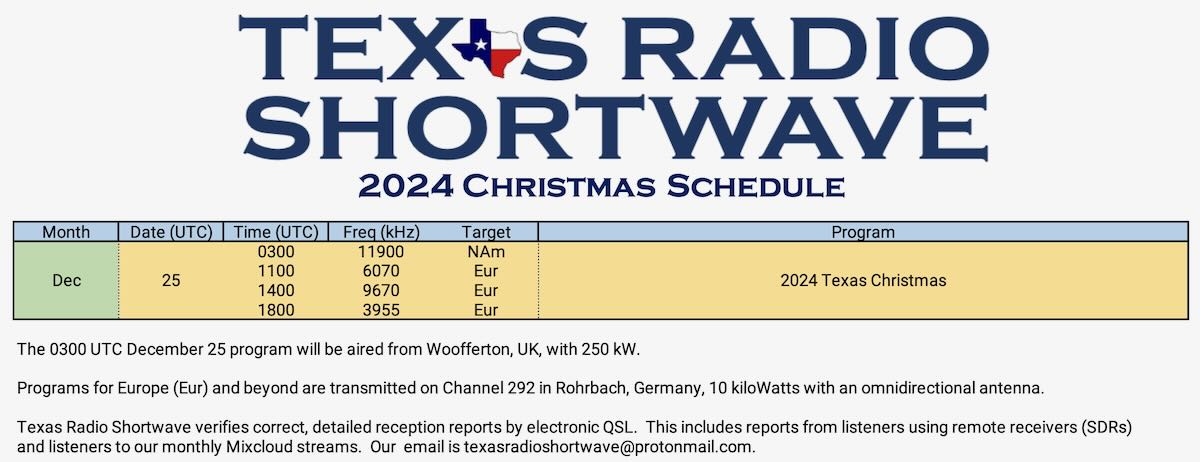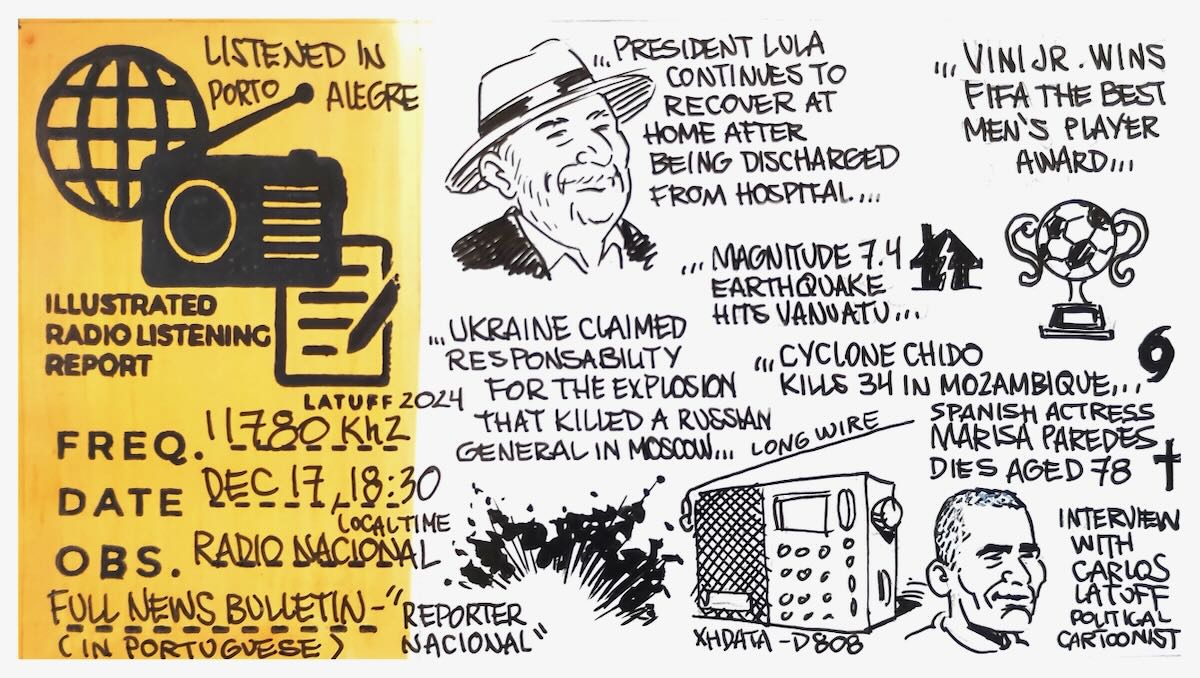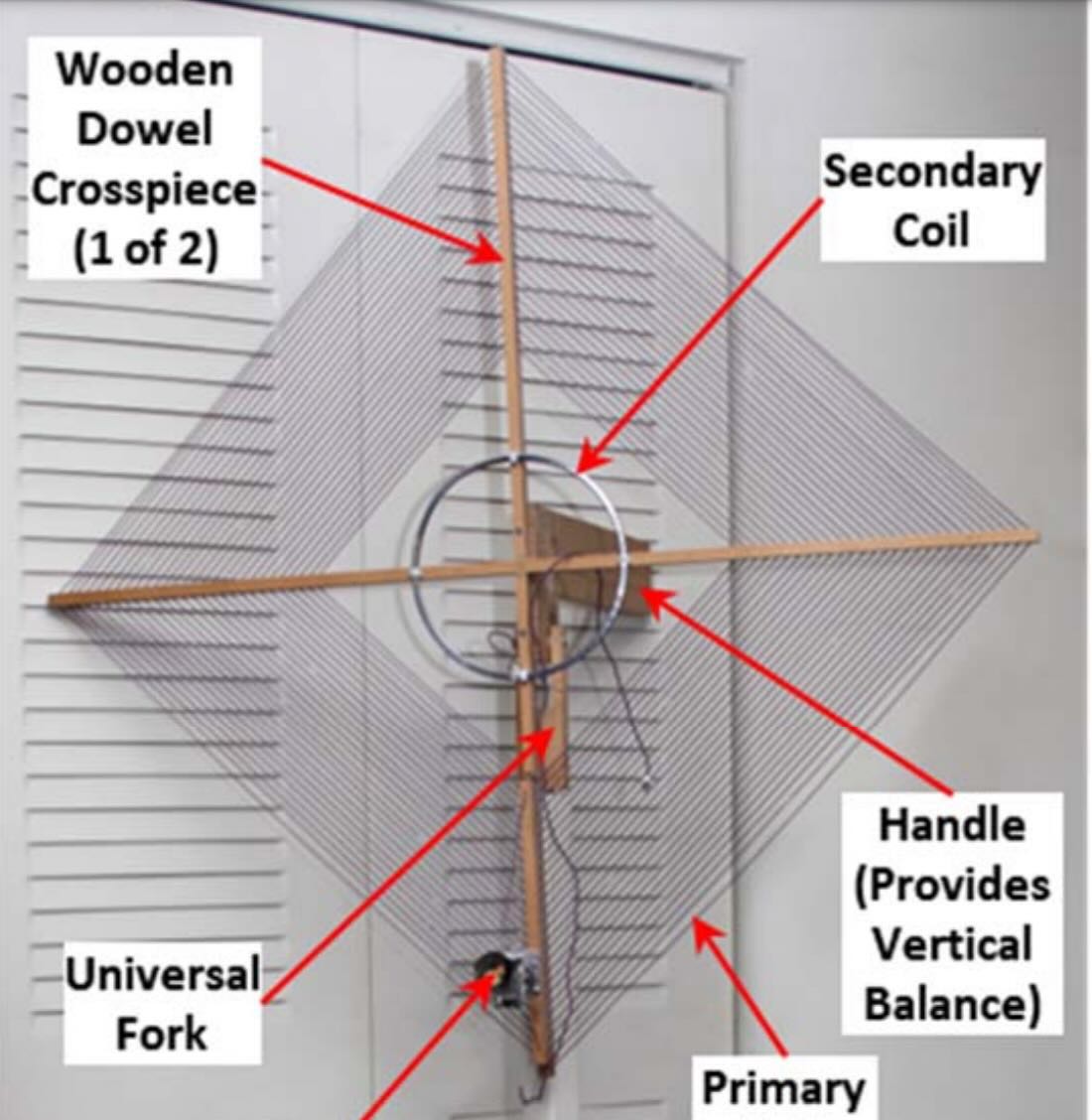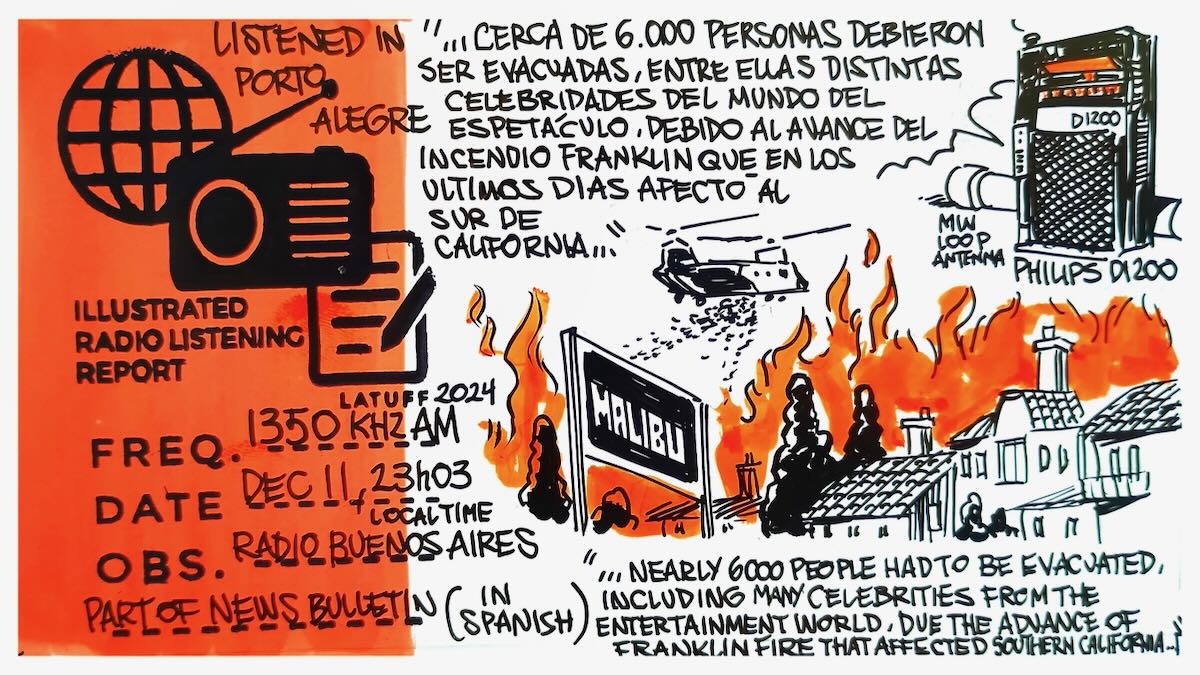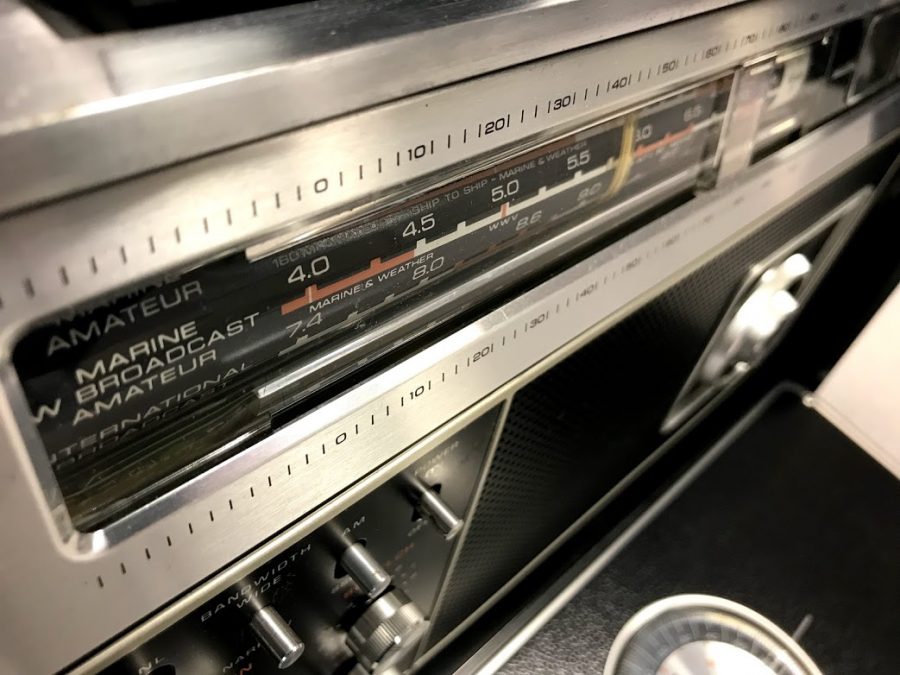 Many thanks to SWLing Post contributor, Michael, who writes:
Many thanks to SWLing Post contributor, Michael, who writes:
Radio Victoria Shortwave-Revival 2024
In the eighties for numerous shortwave listeners in German-speaking Europe this
station was a part of their youth. For some it was even a small footprint on the path
to private broadcasting in Germany.
Radio Victoria, the “independent shortwave music station”, comes sponsored through
a former member of the “Victoria Listener Club” back on shortwave with a revival broadcast of the four-hour annual hit parade from 1984 and station operator Roger Kirk,
who died in 2012.
Once broadcasted on Radio Milano International in the 41 meter band over the turn of the year 1984/1985, after forty years now again 2024/2025 relayed via Shortwave Gold from Northern Germany on 6160kHz and this exactly on the analog broadcast days and times – with the quasi-first broadcast on Boxing Day and the two repetitions on New Year’s Eve and New Year’s Day:
December 26, 2024 from 09:00 UTC to 13:00 UTC
December 31, 2024 from 09:00 UTC to 13:00 UTC
January 1, 2025 from 09:00 UTC to 13:00 UTC
Have good reception and much fun while listening to “the queen of the airwaves” back again on shortwave!
 Many thanks to SWLing Post contributor, Alan Roe, who once again has published an update to his excellent Holiday Broadcasts on Shortwave schedule.
Many thanks to SWLing Post contributor, Alan Roe, who once again has published an update to his excellent Holiday Broadcasts on Shortwave schedule. 

